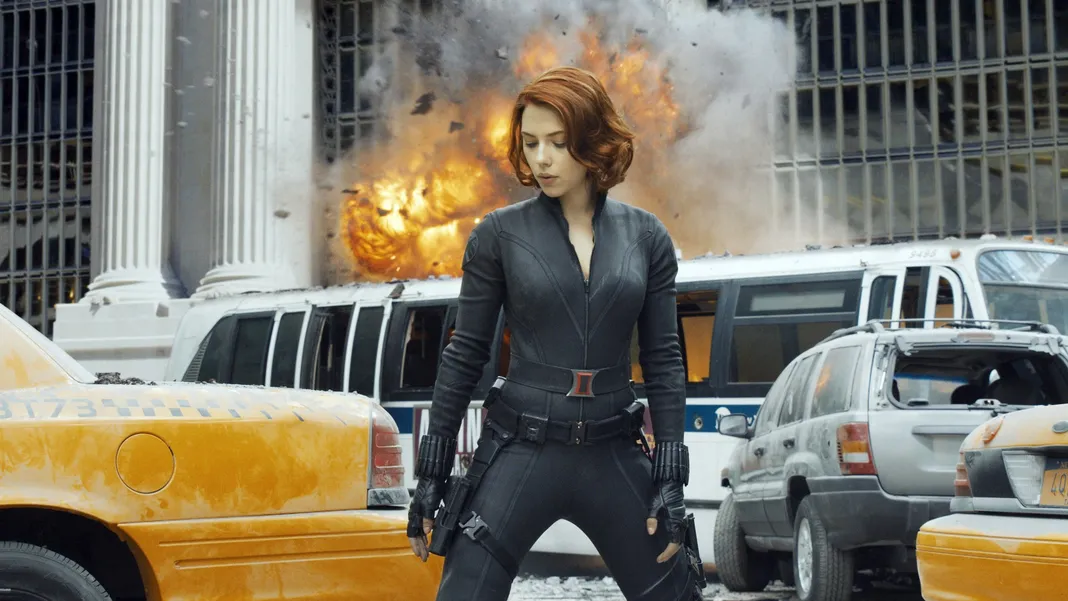
As the issue of the gun’s place in American homes rages on, guns have certainly found a home in modern cinema. A recent study has found that depictions of firearm violence in films rated PG-13 has tripled since 1985, and has even risen above the amount of gun violence in R-rated films. Gun violence and mass shootings continue to rattle our nation, but they have become ubiquitous in our country’s most popular films.
Why is this the case? The PG-13 rating was originally introduced in 1985 as a response to two films: Gremlins and Indiana Jones and Temple of Doom. These films straddled the line between children’s and adults’ entertainment and forced the MPAA to create the new rating. Since then, the PG-13 rating has quickly become the most profitable with seven of the Top 10 films in 2012 receiving the rating. It has become the proven rating for summer blockbusters that want to sweep with the widest broom possible. It’s the rating that can cater adult interests while also not restricting children from the theater, resulting in more ticket stubs and more money for the studio. Because of this, many studios aim for this profitable middle ground for their biggest releases, and the top profiting films are usually ones filled with heavy special effects and gun violence. Even gun heavy R-rated franchises have tuned down the gore, language, and sexual content to acquire the much sought after PG-13 rating. Film series like The Terminator, Die Hard, and the Alien series were originally R-rated franchises that released neutered PG-13 sequels.
In a political and social climate where gun violence has become such a sensitive issue, should filmmakers and studios continue to make films filled with gun violence accessible to teens and children? The gun has a long history in film and programming. The original Lone Ranger always wore a colt on his hip as he dispensed justice in the Old West, and Indiana Jones always carried a pistol next to his bull whip. Violence is one of humanity’s most basic conflicts — there’s a reason why we keep falling back to it for our plots. By our very nature, we are titilated by it, and violence has been a part of the stories we’ve told each other since the earliest days of storytelling. Violence creates drama, and drama creates movies, and whether it be physical violence, emotional violence, or gun violence, it’s something that our brains and hearts are wired to react to, but that doesn’t mean onscreen violence leads to violence in real life. While films catering to teens could certainly be more creative in the ways they create conflict than always falling back to violence, and particularly gun violence, this doesn’t mean that filmmakers or studios should be barred from creating the films that they want to create. Maybe the answer isn’t to restrict the use of guns in film, but to increase the discussion with our children on the differences between what happens on the silver screen and what happens in reality.


